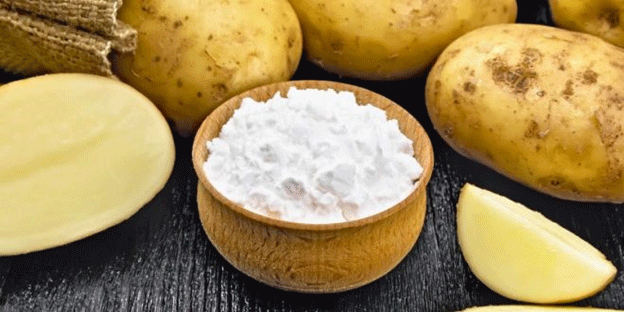The potato starch market is set for rapid growth over the next decade, with its global market share forecast to reach USD 6.70 billion by 2032, according to recent research by Research and Markets. This expansion, with a projected CAGR of 4.47% from 2024 to 2032, offers substantial opportunities for potato farmers, agronomists, and food processors looking to leverage the rising demand for this versatile product.
In 2023, the market was valued at USD 4.52 billion, and the driving force behind this growth is the increasing demand for processed and convenience foods. According to Innova Market Insights, global consumption of convenience meals has grown by 3%, with developing countries, particularly in the Asia-Pacific region, experiencing the most significant increase. This trend reflects a shift in dietary preferences as consumers embrace Western-style, ready-to-eat meals.
Key Drivers: Processed Foods and Non-Food Applications
Processed and convenience foods remain the backbone of the potato starch market’s growth. As consumer lifestyles become busier, especially in urban areas of emerging economies like China and India, the demand for ready-made meals and snacks continues to rise. Potato starch is widely used as a thickener, stabilizer, and texturizer in these products, enhancing their quality and shelf life.
In the United States, demand for convenience meals remains robust, reflecting similar consumer preferences globally. This increasing demand aligns with a broader shift toward clean-label and gluten-free products. Potato starch, a naturally gluten-free ingredient, fits perfectly into this growing market, as more consumers seek whole-food ingredients and less processed alternatives.
Beyond food, potato starch has expanded its reach into non-food industries, further fueling market growth. Its applications in paper manufacturing, textiles, and pharmaceuticals demonstrate its versatility. As more industries explore environmentally friendly and sustainable alternatives, the demand for potato starch in these sectors is expected to grow. The eco-friendly nature of potato starch, as a biodegradable and renewable resource, adds to its appeal across various markets.
The Asia-Pacific Surge: A Hotspot for Growth
The Asia-Pacific region is set to be a major player in the global potato starch market. The rapidly growing food industries in countries like China and India are key drivers of this growth. Rising populations and shifting consumer preferences toward processed and convenience foods are creating a surge in demand for potato starch in this region.
Another key factor contributing to this demand is the rise in disposable income in these countries. Consumers with higher purchasing power are increasingly willing to pay more for functional foods and beverages that contain healthier, more natural ingredients like potato starch. This trend is not only boosting local production but also attracting international companies to invest in the region’s potato processing industry.
China, in particular, has emerged as a significant consumer and producer of potato starch. The country’s growing middle class is demanding more processed food options, while its food industry adapts to global trends. India’s rapidly urbanizing population and evolving dietary habits are also contributing to the region’s market expansion. As convenience foods become a staple of modern diets in these countries, the need for potato starch will only grow.
The Gluten-Free Trend and Its Impact
As global consumers become more health-conscious, the demand for gluten-free and clean-label products continues to rise. Potato starch, being naturally gluten-free, is benefiting from this trend. Consumers are shifting away from highly processed, calorie-dense products and moving toward whole foods that promote balanced diets. This shift is pushing food manufacturers to incorporate more natural ingredients like potato starch into their products.
According to industry experts, this trend is expected to continue, with more consumers opting for gluten-free alternatives as part of their long-term health strategies. For potato growers and processors, this presents a unique opportunity to meet the needs of a rapidly expanding consumer base that values clean, healthy, and functional food options.
The global potato starch market is on a strong growth trajectory, driven by increasing demand for processed foods, gluten-free products, and the versatility of potato starch in non-food applications. The Asia-Pacific region, with its growing population and rising disposable incomes, presents significant opportunities for industry players. For farmers, agronomists, processors, and agricultural engineers, understanding and adapting to these market trends will be crucial for staying competitive and capitalizing on the expanding potato starch market over the next decade.






